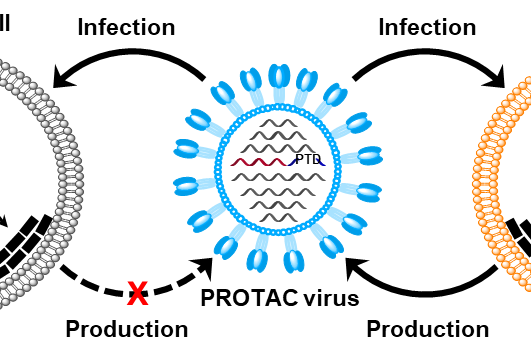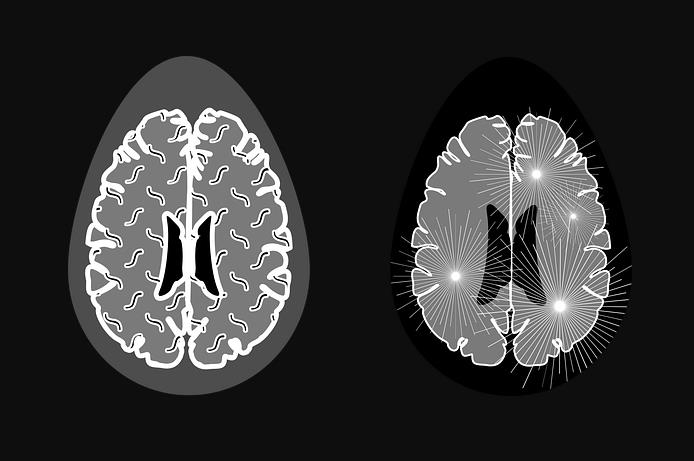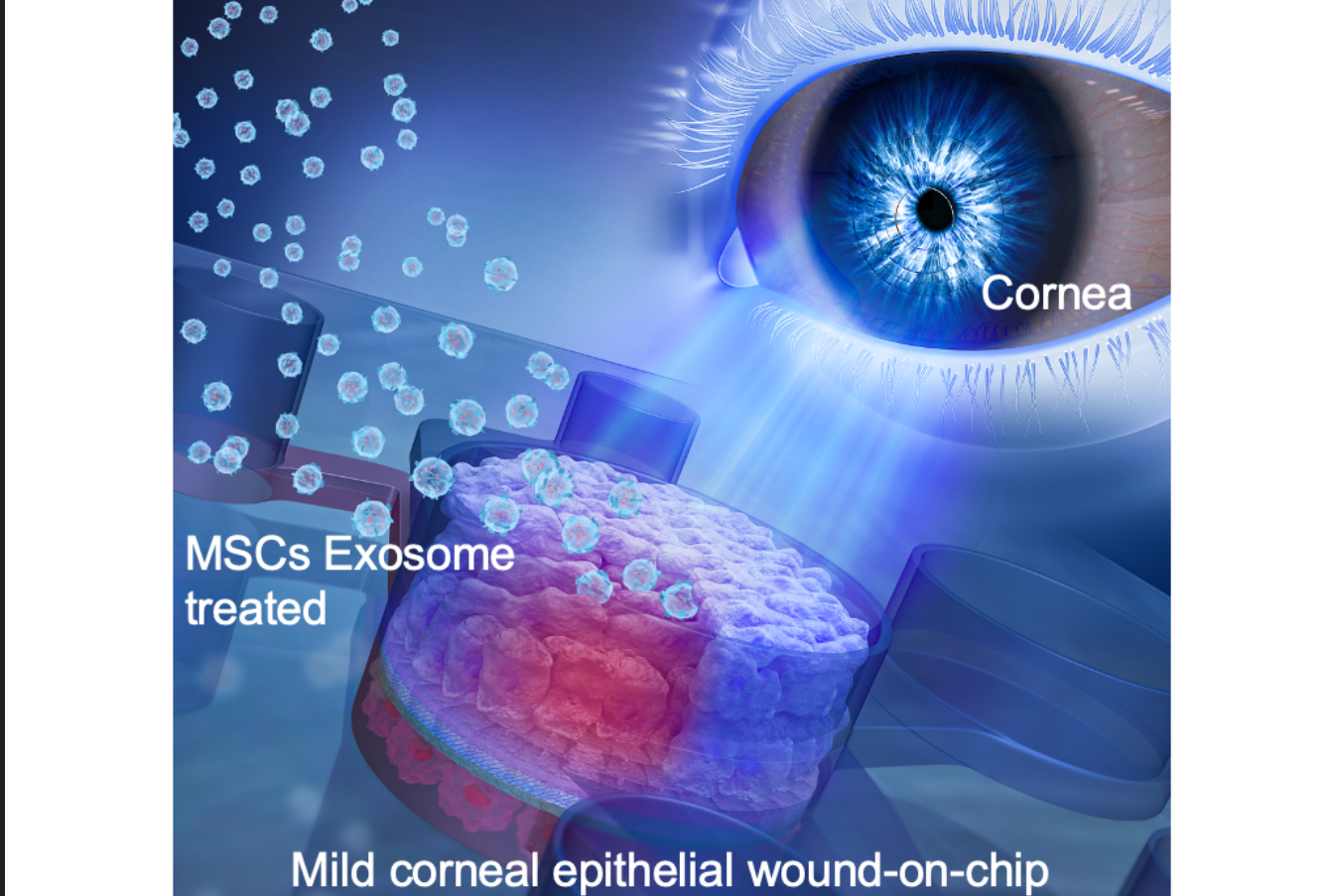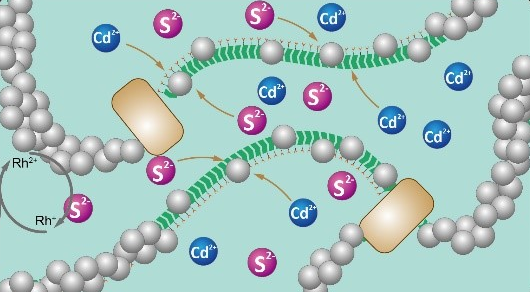
SIAT Research
-
Jul 04, 2022Researchers Propose a New Live-attenuated Influenza A Vaccine ApproachThe team proposed a new live-attenuated influenza vaccine approach— generating proteolysis-targeting chimeric (PROTAC) influenza A virus as a live-attenuated vaccine by utilizing the endogenous ub... A promising strategy to reduce the impact of viral infectious diseases, such as influenza, is the use of attenuated, live viruses as vaccines.However, the usefulness of traditional live-attenuated ...
-
Jul 04, 2022Efficient Extraction of Exosomes by Label-Free and Biocompatible On-Chip Magnetic SeparationThe researchers constructed a label-free on-chip magnetic separation system based on the principle of negative magnetophoresis Exosomes are lipid-bilayer nanoscale membrane particles (typically <200 nm in size) secreted by numerous cell types. Since exosomes exhibit a naturally derived composition and function as intercell...
-
Jun 27, 2022Albumin-Consolidated Dyes: NIR-II Fluorescence Imaging Probes for Brain ImagingThe results showed that the quantum yields of three kinds of albumin-based probes with fluorescence emissions ranging from the visible (400–650 nm) to the NIR-II region were at least 10% higher, a... Fluorescence imaging in the second near-infrared window (NIR-II, 1,000-1,700 nm) as an important tool for fundamental and clinical research has been greatly developed in the last decade due to its ...
-
Jun 24, 2022Effect of Microgravity on Embryonic Development, Cell Growth and Differentiation: Experiments from Ground to SpaceThese studies highlight the molecular mechanisms with which these organisms respond and adapt themselves to the microgravity environment. It is an ambitious goal for human beings to realize the long-term survival and development of life beyond planet Earth. However, living organisms are inevitably exposed to a prolonged state of micr...
-
Jun 14, 2022Low-Overhead Online Configuration Auto-Tuning of Spark SQL Applications"For the remaining queries, LOCAT calculated correlation coefficients to identify important configuration parameters,"said Prof. YU,"and then applies kernel principal component analysis to reduce t... Spark SQL is a Spark module for structured data processing, which has been widely deployed in industry but it is challenging to tune its performance. Existing machine learning tuning methods are di...
-
May 25, 2022Mesenchymal Stem Cell Exosomes Promote the Repair of Corneal Wound in Human-cornea-on-a-chip: StudyThis work demonstrated a micro-engineered device to study the therapeutic effect of corneal diseases with MSCs exosomes, providing a potential solution to obtain predictive results from in vivo obs... Mesenchymal stem cells (MSCs) with regenerative and differentiation capabilities have received much attention among ophthalmologists and scientists as an alternative modality in the management of c...
-
May 23, 2022Decoding Dynamics of Gut Microbiome in Response to Dietary FiberThe researchers longitudinally profiled the gut microbiota of mice to study the ecological basis for a baseline-dependent dynamic response to dietary fiber. From the time series data, they paramete... Dietary fiber is generally thought to benefit intestinal health. Its impact on the composition and metabolic function of the gut microbiome, however, varies greatly across individuals.Previous stud...
-
May 07, 2022Bacterial Biofilms Facilitate Biocompatible Bio-abiotic Interfaces for Semi-artificial Photosynthesis"The results indicated a biocompatible bio-abiotic interface by mineralized biofilms," said Prof. ZHONG Chao, the corresponding author of the study, "it could promote the sustainability of semi-art... Semi-artificial photosynthesis integrates the high selectivity of living biosystems and broad-range light-harvesting of semi-conductive materials, which enables sustainable light-driven chemical pr...







